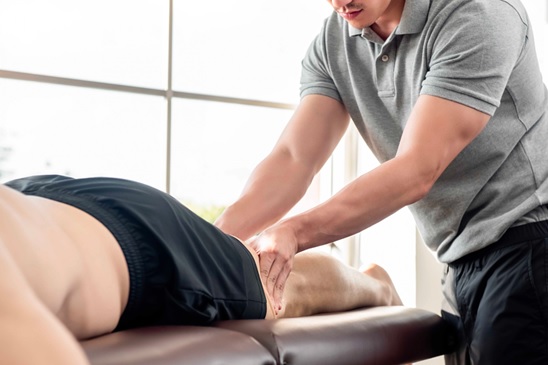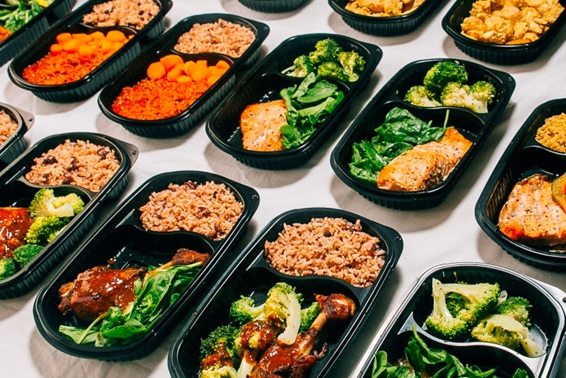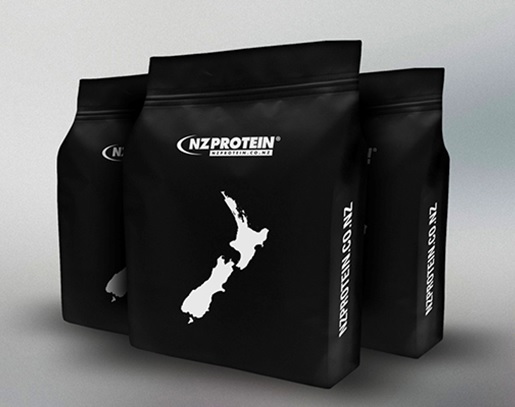
DOMS stands for delayed onset muscle soreness. It is a colloquial term used to describe the aches and pain we experience after a hard workout. Even if you’ve never heard of this phrase before, you have likely experienced the effects. The question is, why do we get DOMS? Is there anything we can do to reduce the pain? If you want to still be able to sit down on the toilet easily after a heavy leg session then read below to find out more!
What Are They?
DOMS typically occur 12-24 hours after doing exercises your body isn’t used to. Although they aren’t officially an injury, sometimes they feel like one. The pain can range from mild to severe depending on how hard you went during the session. There are no tests to officially diagnose DOMS but common symptoms include muscle stiffness, tenderness and swelling. The good news is, they don’t last forever. Your muscles will adapt and stop hurting in a day or two. DOMS are nothing to worry about unless you experience them after every single workout. That is a sign you are pushing too hard and your body is struggling to adapt to your training stimulus.

Why Do We Get Them?
No one knows for sure the exact mechanism behind delayed onset muscle soreness. We do know that DOMS are your body’s response to unfamiliar or especially intense exercises. Whenever you lift weights or train hard, you create microscopic tears in your muscles. In order to repair the damage your body increases inflammation, making you feel sore. The good news is that you usually only get DOMS after trying unfamiliar exercises. The more repetitions you do of the same movement, the less likely you are to be sore afterwards. This is called the ‘repeated bout effect’. If you want to reduce DOMS, pick a small number of exercises and practise them for a few weeks minimum. Increase the amount of weight you lift but don’t change the exercises too frequently. Too much variation in your gym programming might be the reason you are sore all the time. Your mind might hate repetition but the body loves it.
What To Do If You Have Them?
Prevention is the best treatment when it comes to DOMS but there are some things you can do to relieve the pain. Don’t go reaching for the Nurofen as that might actually inhibit your body’s ability to adapt. Instead, try a therapeutic massage or a warm spa. Massages feel amazing and there is scientific evidence that those who get them experience less muscle pain afterwards. Warm baths or spas can also increase blood flow and tissue flexibility, making you feel noticeably less stiff. These therapies won’t cure everything but they might make getting up and down from the toilet a little bit easier. Finally, make sure to keep moving. Sitting down all day will only make your soreness worse. Try a leisurely stroll or a foam rolling session. Any low intensity movement will be hugely beneficial.

Nutrition Can Help
The foods you eat after a workout make a huge difference to your recovery. Exercise depletes your carbohydrate stores and without sufficient protein too, your muscles won’t repair. After a workout, you should eat a meal with at least 20-40g of protein in it. Research suggests this amount is optimal for muscle gain. 20g of protein would look like four eggs, a scoop of whey protein or a whole chicken breast. Research also suggests that a 3:1 ratio of carbohydrates to protein is ideal. This means you should eat 60g of carbs alongside your 20g of protein (or potentially even more). To give you an idea, one large banana has 30g of carbohydrate. Other good carb sources include rice, potato or pasta. If you’re not nourishing your body with good nutrition after a workout, you are increasing the likelihood of waking up sore tomorrow. In order to function well, you need adequate fuel before and after your gym sessions.

Supplements?
Unfortunately there aren’t many things you can buy that will take away the pain. Once you have DOMS, you just have to keep moving and deal with it. However there are some preventative measures you can take to reduce the severity of the soreness. Branched chain amino acid (BCAA) supplements can be useful if you aren’t getting sufficient amino acids through diet. This study found that those who sipped on BCAAs during and after resistance training experienced less muscle damage. If you like a tasty sweet drink and want to reduce muscle soreness then this might be a great supplement for you. Another product worth getting would be protein powder. Not only do powders taste great these days but they are also convenient and cost effective. As stated above, you need to ensure you meet the 20g of protein post workout threshold. If protein powder is what it takes to get you there, then grab a tub.

Conclusion
Getting the occasional DOMS isn’t anything to worry about. Some of us actually like a little tenderness from time to time. For those who want to avoid them at all costs, prioritise post-workout nutrition and moderate the intensity of your gym sessions. BCAAs and protein powder might be worth the investment. If it’s too late for any preventative measures then try a massage, light stretches and a warm bath. A little self-care will have you feeling better in no time.
